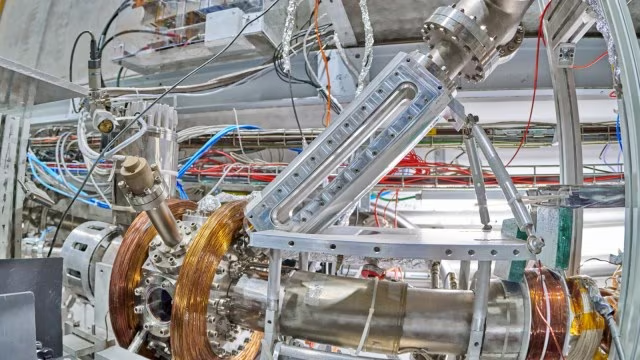Free Courses Sale ends Soon, Get It Now


Free Courses Sale ends Soon, Get It Now



Disclaimer: Copyright infringement not intended.
Context
In a first, an international team of physicists from the Anti-hydrogen Experiment: Gravity, Interferometry, Spectroscopy (AEgIS) collaboration has achieved a breakthrough by demonstrating the laser cooling of Positronium.
Details
What is Positronium?
Properties of Positronium:
Formation and Detection:
Applications and Significance:
Challenges and Future Directions:
About AEgIS
Experimental Setup:
Achievements:
Conclusion
Positronium stands as a unique and valuable system in the study of particle physics, offering insights into fundamental interactions, antimatter behavior, and potential applications in fields ranging from fundamental research to materials science and quantum computing. Ongoing research continues to deepen our understanding of positronium and its implications in various domains of physics.
|
PRACTICE QUESTION Q. AEgIS represents a significant endeavor in the field of antimatter research, aiming to deepen our understanding of gravitational interactions and fundamental physics principles. Comment. (250 words) |
© 2024 iasgyan. All right reserved